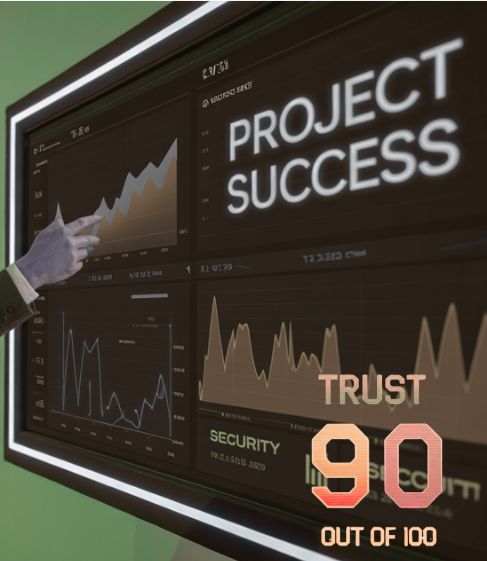State of Secure Engineering Performance 2024
Innovation is Accelerating—So Are the Risks
In 2024, software delivery is faster and more fragmented than ever. AI copilots generate code at lightning speed. Developer velocity metrics dominate executive dashboards. Security teams are buried under tooling, alerts, and frameworks that rarely translate into improved outcomes.
Despite billions spent on AppSec and DevSecOps, one truth is becoming clear: we don’t have a tooling problem—we have an execution problem.
Secure software isn’t just about finding vulnerabilities. It’s about how we build, who builds it, and what drives the behavior of the builders.
This is the state of secure engineering performance.

What Is “Secure Engineering Performance”?
Secure Engineering Performance (SEP) is the measurable intersection of developer behavior, product delivery, and risk posture.
It goes beyond shifting left. It’s not about throwing more scanners or tickets into the pipeline. SEP focuses on aligning engineering execution with security outcomes—without slowing innovation.
SEP Means:
- Visibility into how security behaviors show up in code, tooling, and delivery cycles.
- Performance insights that are contextual to the developer and the asset.
- Governance that guides, not grinds: nudging teams in real time without blocking progress.
5 Trends Defining SEP in 2024
1. AppSec Fatigue Is Real—and Growing
Security teams are overwhelmed. Dev teams are under pressure. Both are drowning in findings, dashboards, and compliance mandates. The result? Risk is hidden, not reduced.
✱ 61% of engineering leaders say security slows down delivery, yet only 23% trust their current posture is accurate.
2. Developer Behavior Is the New Risk Vector
Most security issues aren’t novel—they’re execution failures. SEP reframes the conversation: not “what did we find,” but “how was it introduced, and by whom?”
✱ High-performing teams are 4x more likely to fix root-cause behavior, not just findings.
3. AI is Accelerating Bad Code—and Good Habits
AI-assisted development is a double-edged sword. It creates new vulnerabilities, but also opens the door for real-time coaching, refactoring suggestions, and smart defaults that reinforce good security habits.
4. Shift Left is Dead. Start Left is the Future.
The Shift Left movement failed to deliver measurable gains because it was tactical and tooling-driven. Start Left is a behavioral model—it begins with execution intelligence, not checklists.
5. Execution Intelligence Is Emerging as a Category
Platforms like Start Left® are pioneering Execution Intelligence: connecting posture to behavior, measuring team maturity, and enabling secure software delivery by default.
What High-Performing Teams Do Differently
Top-performing engineering organizations don’t just install more tools. They:
- Measure execution at the team and individual level
- Align incentives across security and delivery
- Nudge, don’t block: embed coaching into developer workflows
- Visualize risk in the context of product and code ownership
- Invest in engineering enablement, not just governance
How to Improve Your SEP Score
BlurTactix and Start Left have built a proven model to operationalize Secure Engineering Performance. Our Verified Execution Score benchmarks teams across maturity, posture, and behavior—then maps a path to improvement.
Whether you're a startup trying to win enterprise deals or a SaaS scale-up preparing for due diligence, Secure Engineering Performance is your competitive edge.
Final Take: Security Is a Byproduct of Great Engineering
You can’t bolt on performance—or security—after the fact. It has to be built into how your teams work.
In 2024, the winners will be those who stop reacting to risk—and start executing with intelligence.
Get Your Free SEP Benchmark → [Link to Report]




